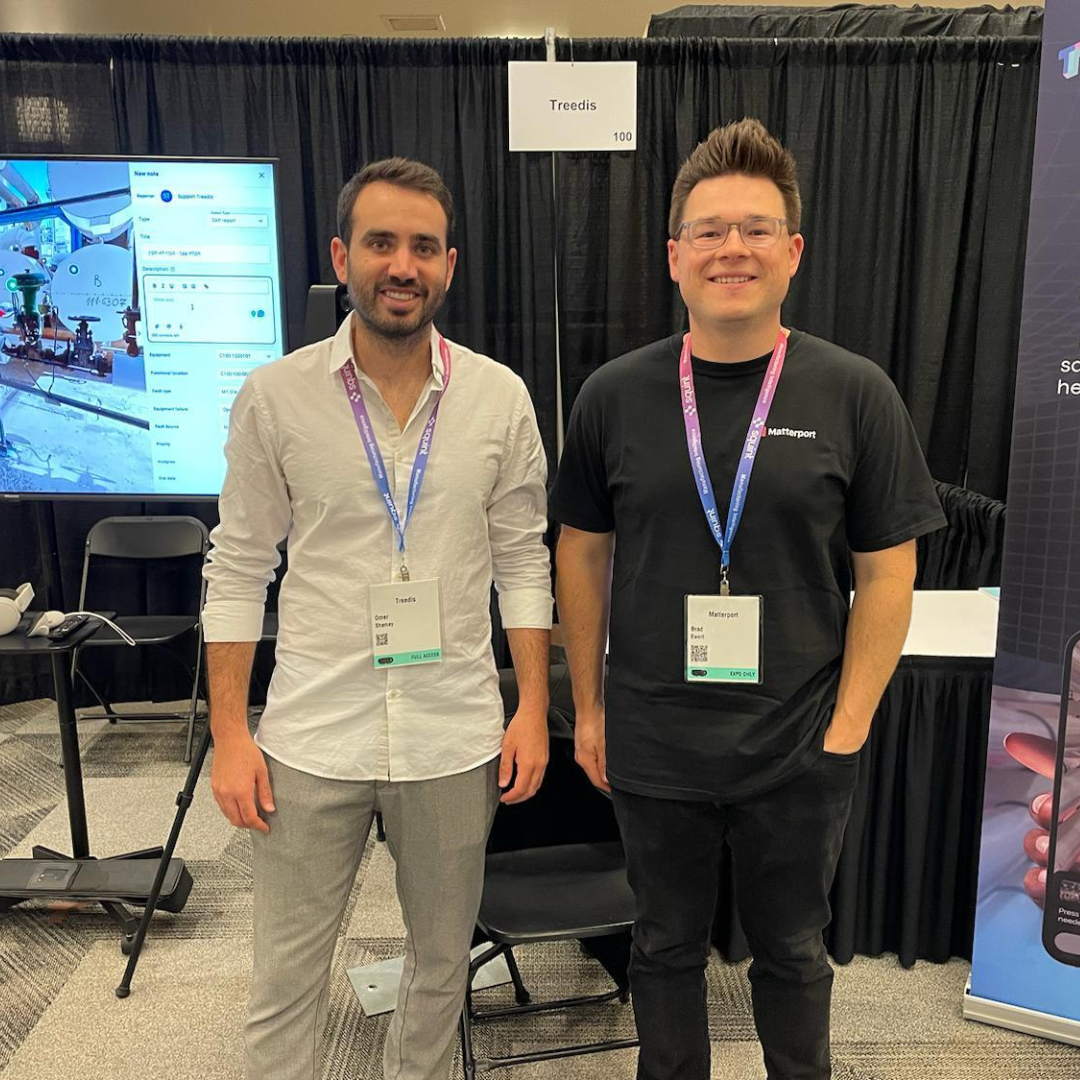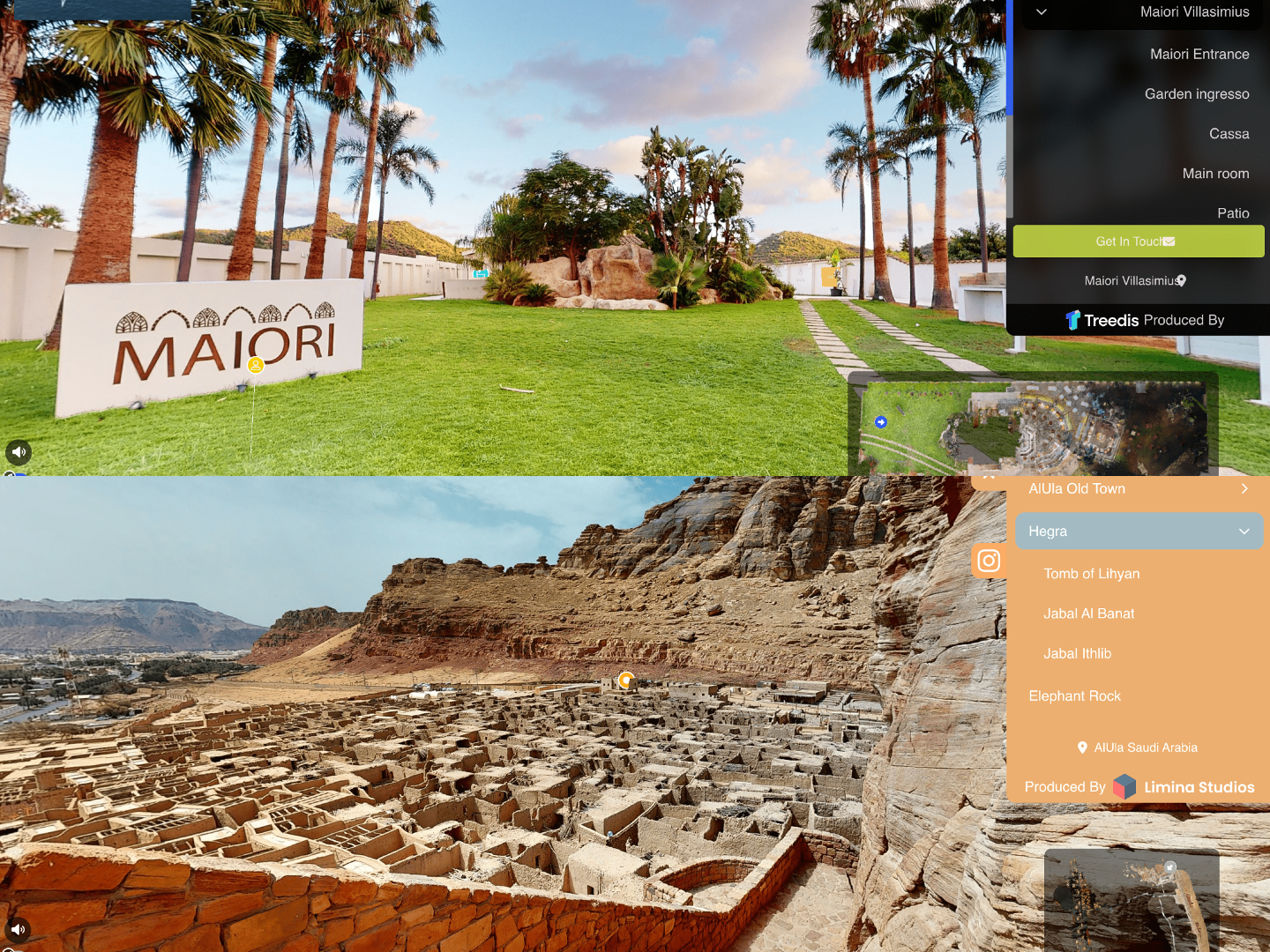May 30, 2025
Blog
Immersive Training: What Is It and Why Does It Work?
.png)


.png)
In today's fast-paced world, where technology is constantly evolving, traditional training methods may fall short in keeping up with modern learners' demands. This is where immersive training, including virtual reality (VR), augmented reality (AR), and mixed reality (MR), comes into play. By creating an engaging and interactive learning environment, immersive training offers a transformative learning experience that goes beyond traditional approaches.
In this blog post, we will explore what immersive training is, how it works, and why it is gaining popularity among organizations and learners alike.
What is Immersive Training and Why Does It Matter?
Immersive training refers to a learning methodology that aims to provide a realistic and experiential environment for learners. It leverages emerging technologies such as VR, AR, and MR to create a highly engaging and interactive learning experience. Immersive training allows learners to actively participate, explore, and make decisions within a simulated environment, facilitating better retention and application of knowledge.
Essential Elements of Immersive Training Technologies
How Does Virtual Reality (VR) Work in Training?
.png)
VR technology enables learners to immerse themselves in simulations of real-world scenarios. By wearing a VR headset, learners can interact with the virtual environment, enhancing their understanding and practical skills.
What Role Does Augmented Reality (AR) Play in Learning?
AR overlays digital information onto the real world, creating an augmented view. AR-based immersive training enhances the learning experience by providing contextual information, step-by-step guidance, and interactive elements, making it ideal for on-the-job training and skill development.
How Can Mixed Reality (MR) Enhance Training Outcomes?
MR combines virtual and real-world elements, allowing learners to interact with and manipulate virtual objects in the real world. MR-based immersive training offers a seamless integration of digital content into the learner's physical environment, enabling realistic simulations and practical learning experiences.
What Impact Does Gamification Have on Immersive Training Engagement?
Gamified elements, such as leaderboards, badges, and rewards, are integrated into immersive training to motivate learners and make the learning process enjoyable. By introducing competition and challenge, gamification enhances engagement and knowledge retention.
The Main Benefits of Immersive Training
How Does Simulation Increase Safety and Lower Costs?
Immersive training can simulate dangerous or complex situations that are hard to reproduce in real life, without risking the health of the workers or damaging the equipment. For example, an experiment by Airbus Group Innovations showed that immersive mixed reality can be used to train workers on the manufacturing procedure of an aircraft maintenance door.
How Do Immersive Methods Improve Knowledge Retention and Performance?
Immersive training can engage learners more effectively and help them memorize professional motions and decision-making skills through kinesthetic work and feedback. According to Deloitte Insights, AR training yields a 75% learning retention rate, higher than almost any other form of training. Another study showed that AR results in greater knowledge transfer and more than doubles learning outcomes.
How Can Virtual Spaces Enhance Collaboration and Communication?
Immersive training can enable trainers and trainees to interact with each other in a virtual environment, regardless of their physical location. This can foster teamwork, problem-solving, and social skills among the learners.
What Are the Benefits of Personalized Learning Experiences Through Adaptive Technology?
Immersive training can be customized to individual learners' needs, allowing them to learn at their own pace. Adaptive technology tracks learners' progress, identifies areas for improvement, and provides targeted feedback, optimizing the learning experience.
Which Industries Are Leading in the Use of Immersive Training Solutions?
Manufacturing and Industrial Training
Immersive training allows employees to learn about equipment operation, safety protocols, and complex processes in a virtual environment. It reduces the risk of accidents and facilitates skill development in areas such as assembly line operations, equipment maintenance, and hazardous material handling.
An immersive training approach coupled with IoT can help managers gain real-time insights into the equipment's state and experience maintenance processes live.
It can also speed up processes when AR is implemented for checklists and in-person trainings within facilities. Bosch used AR to guide workers on how to correctly attach a hydraulic hose to a tractor. The AR training reduced errors by 75% and increased productivity by 15%.
Defense and Military
Immersive training plays a crucial role in military simulations, battlefield scenarios, and tactical training. It enables soldiers to practice mission-critical tasks, decision-making, and team coordination in realistic environments, preparing them for real-life combat situations. The US Military announced having spent $22 billion on mixed reality goggles for its troops, operational by the end of 2023.
Retail and Customer Service

Immersive training can be used to train retail employees in areas such as customer interactions, sales techniques, and store operations. It allows employees to practice handling customer inquiries, resolving issues, and understanding product knowledge in a realistic retail environment.
Education and e-Learning:

Immersive training is increasingly being adopted in educational institutions and e-learning platforms to provide interactive and engaging learning experiences. It enables students to explore historical sites, perform virtual experiments, and engage in immersive language learning.
What Are the Most Effective Solutions for Implementing Immersive Training?
Matterport
Matterport scanning technology allows you to create a virtual model of any physical space, therefore employees can explore different manufacturing facilities and learn about different processes without leaving their desks.
Unity
Unity can be used for immersive training in manufacturing. With Unity, developers can create a variety of virtual environments and scenarios that employees can interact with, making the training experience more engaging and effective.
Unreal Engine
Unreal Engine can also be used for immersive training in manufacturing. It offers advanced graphics and physics capabilities, allowing developers to create realistic virtual environments for employees to train in.
Treedis All-In-One Immersive Training Platform
.png)
Treedis provides an all-in-one immersive training platform that is easy to use and combines all of the above solutions. With one scanning process, your immersive training is available in 3D, AR, VR formats across all devices. As a result of Treedis Immersive Training Solutions, you can increase employee awareness of risks associated with facilities, plant, and equipment and create experiences that help employees become more aware of their environment, circumstances, and interactions. In addition to being easy to use and implement with no coding knowledge required, it provides essential analytics and integrations with Learning Management Systems (LMS), making it easy to track employee progress and ensure training is effective.
Immersive training, including VR training and AR training, is revolutionizing traditional approaches to learning. By incorporating virtual reality (VR), augmented reality (AR), simulations, and gamification, immersive training offers a highly engaging and interactive learning experience. In industries like manufacturing, immersive training plays a crucial role in training employees on equipment operation, safety protocols, and complex processes.
With solutions like Matterport, Unity, Unreal Engine, and Treedis, organizations can create realistic and customizable immersive training experiences.
Treedis, in particular, stands out as an all-in-one immersive training platform that integrates with Matterport, providing AR, VR, and digital training formats across devices. This comprehensive solution enhances employee awareness, facilitates risk assessment, and ensures effective training outcomes.
Immersive onboarding and immersive learning are gaining popularity as organizations recognize the benefits of personalized, realistic, and transferable training experiences.
Contact us now to schedule a demo of Treedis and discover how our all-in-one platform can revolutionize your employee training and engagement. Book a demo here.
More Articles
More Articles



May 30, 2025
Future-Proofing Operations with Flows
Want your team to train better? We have your solution. This blog breaks down our standout feature, Flows, showing it's potential for your organisation.
.png)

Jan 14, 2025
How Immersive Technologies Are Revolutionizing Workforce Training and Closing the Skills Gap
Immersive technologies like AR, VR, and digital twins are revolutionizing workforce training by addressing the growing skills gap with engaging, hands-on learning experiences. These solutions enhance retention, boost productivity, and reduce costs, making them essential for dynamic, scalable training in a rapidly evolving job market.


Nov 27, 2024
What's Next For Training? Takeaways From The Augmented Enterprise Summit
In October, we joined the Augmented Enterprise Summit (AES) with Matterport, connecting with industry leaders and Fortune 500 companies while sharing key XR insights.


Jun 28, 2024
Digital Twin Awards: Success Stories
The Digital Twin Awards honor virtual tour innovation. This year, Treedis users Farhad Berahman from Limina Studios and Francesco Loddo from SardiniaVirtualTours3D won in historical and hospitality categories. Farhad's tour of AlUla captivated 2 million viewers, while Francesco's tour of Maiori Villasimius boosted bookings by 25%. Their achievements showcase the transformative power of Treedis technology.
%20(1).jpg)

Jun 5, 2024
Key Insights from Hannover Messe: The Future of Manufacturing in Industry 4.0
At the 2024 Hannover Messe, Treedis showcased its Connected Workers solution with AWS, Vodafone Business, and Matterport, integrating digital twins and live sensor data to enhance manufacturing efficiency. This collaboration highlighted the importance of strategic partnerships in advancing Industry 4.0. Treedis remains committed to providing scalable, innovative solutions for the evolving manufacturing landscape.


.jpg)
.png)











